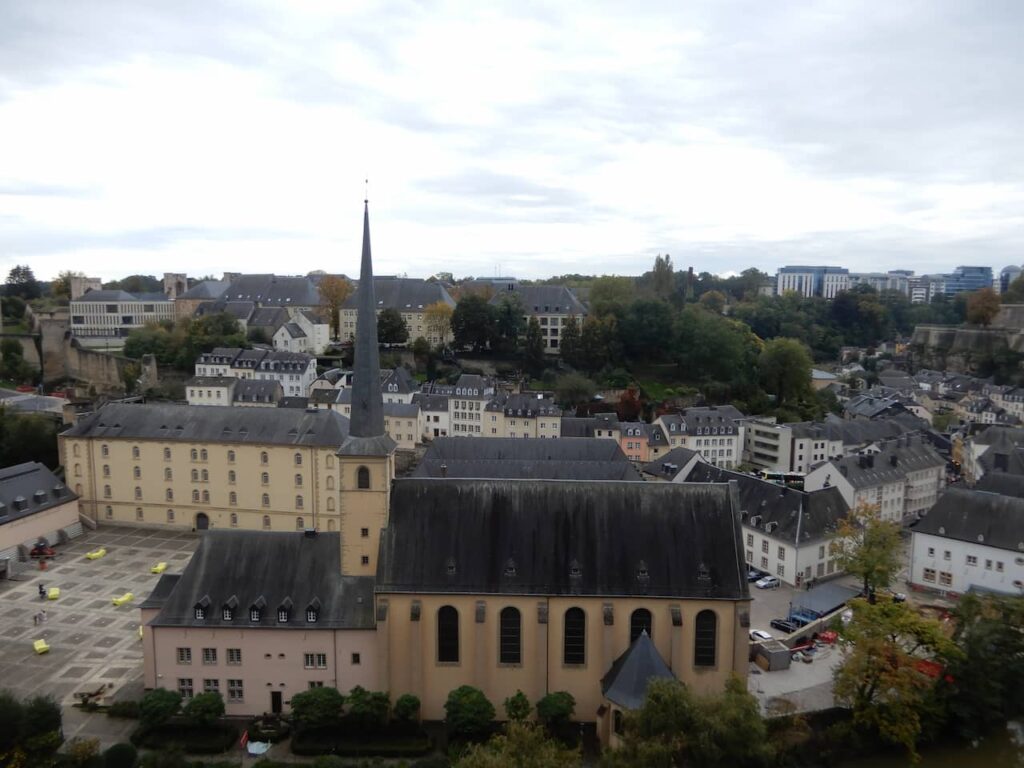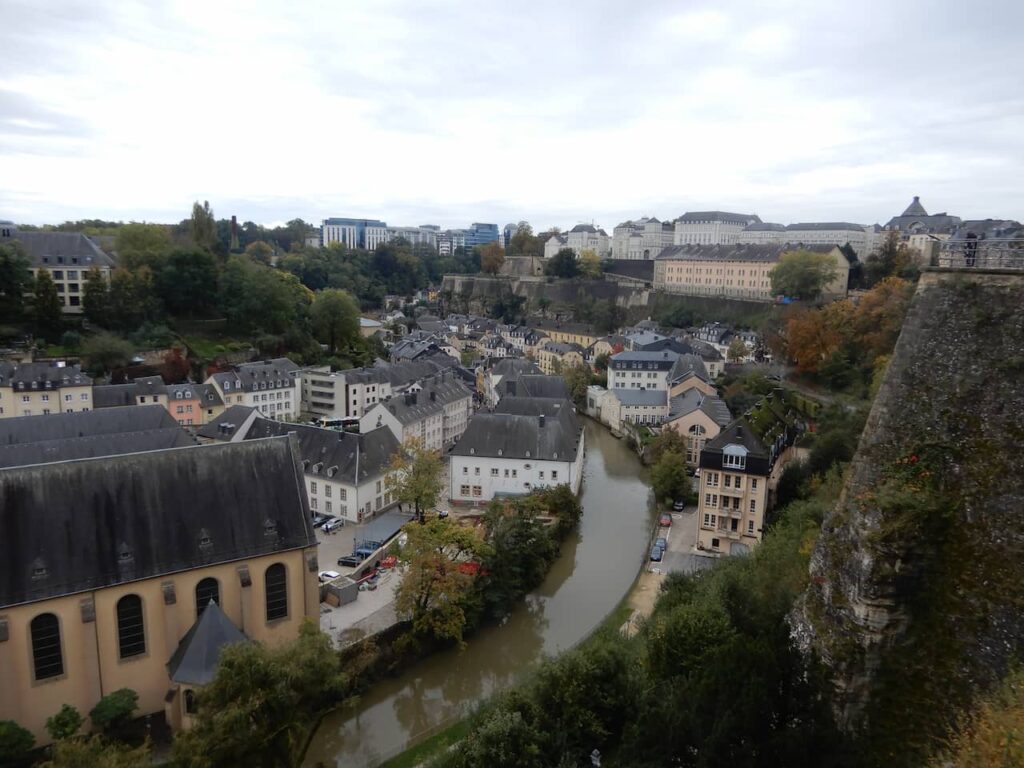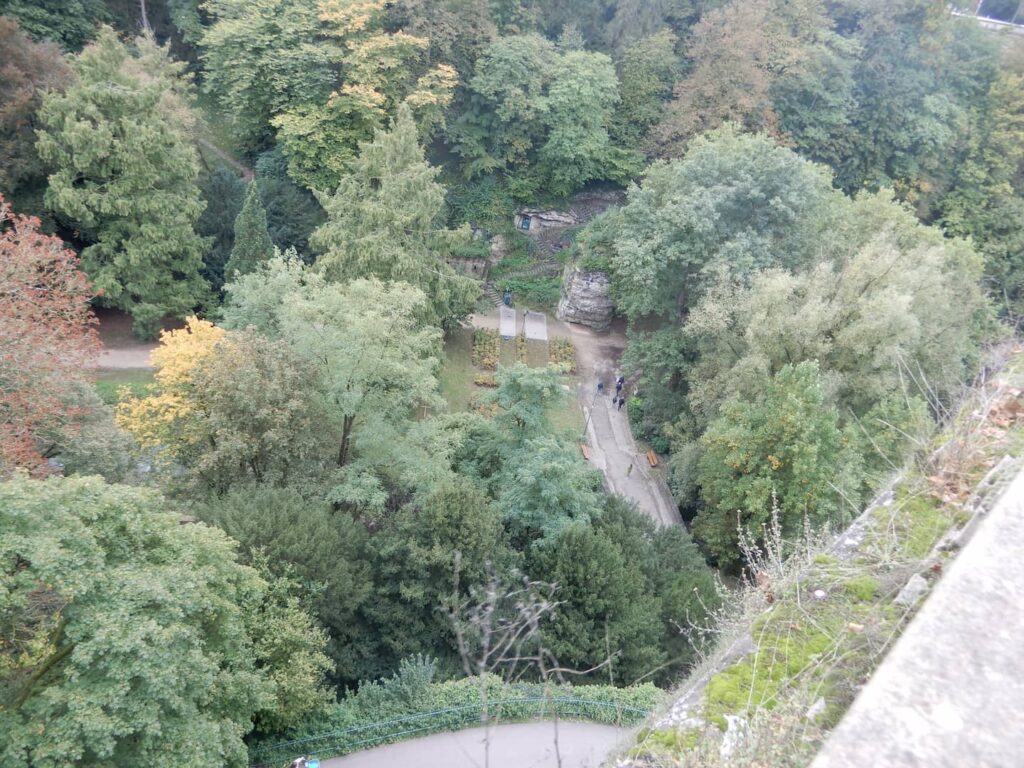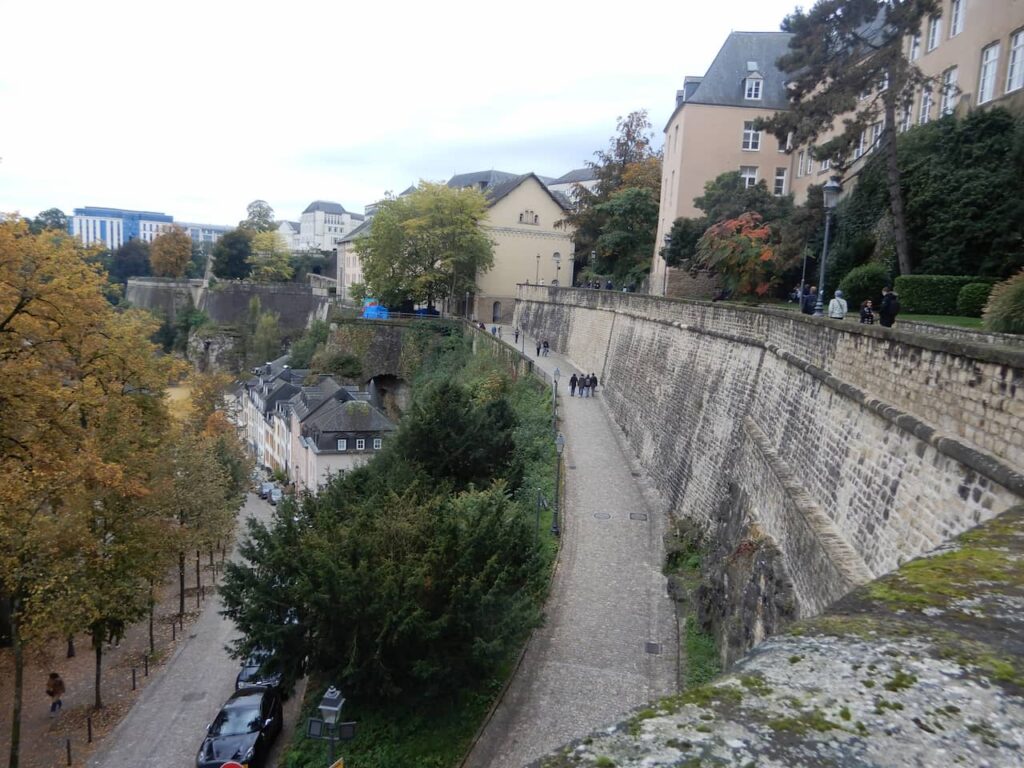Luxembourg
The charm of a small country with a giant soul
Luxembourg is one of the smallest countries in Europe, but it has had a great influence on European history and culture. A visit to Luxembourg is one of those experiences that will stay in everyone’s memory.
Whether it’s the green landscapes, the medieval castles or the unique mix of French, German and Belgian influences.
More information about Luxembourg.
A brief summary of the history of Luxembourg.
It all begins in the year 963, when Count Siegfried acquired a small castle on a hill called Lucilinburhuc — and that’s where the name “Luxembourg” came from. During the Middle Ages, the country grew in importance. The House of Luxembourg provided four emperors to the Holy Roman Empire, which shows the political weight that the territory had in Europe.
However, in the following centuries, Luxembourg was disputed by several powers. The country passed through the hands of the Burgundians, Spanish, French, Austrians and Prussians, which left its mark on its culture and architecture. Each occupation brought something new, and this shaped the country as it is today.
It was only in the 19th century that Luxembourg began to move towards independence. In 1839, after territorial disputes, part of the country was ceded to Belgium, and what remained formed the present-day Luxembourg. Even so, it was only in 1890 that the country became fully independent.
In the 20th century, Luxembourg was invaded in both World Wars. Despite this, it managed to recover quickly and, after the Second World War, became one of the founders of the European Union, reinforcing its role as a small country with great influence.
Today, Luxembourg is known for being an international financial center, for its very high quality of life and for maintaining three official languages: Luxembourgish, French and German.
First impressions: small, organized and charming
I was coming from Cologne, Germany and heading to Liege, Belgium.
The cities of Luxembourg are small, charming and organized. With a balance between the old and the modern. Despite being a tiny country, Luxembourg offers a variety of urban experiences.
Life in Luxembourgish cities has a more relaxed pace. Everything works, everything is clean and safe.
As soon as I arrived in Luxembourg City, the country’s capital, I felt like I was in a place that harmoniously blends the old with the modern.
The city is clean, safe and extremely well-kept.
Luxembourg was the first country in the world to make all public transport free nationwide. This includes buses, trams and trains within Luxembourg territory.
The idea was to reduce traffic and encourage the use of public transport and it has worked. No ticket or app is required. Just get on and enjoy.
What to see and do in Luxembourg.
The capital, which shares the same name as the country, is a true postcard. The city is divided by deep valleys, with impressive bridges connecting the upper and lower parts. Up high, the historic center houses medieval walls, the Grand Ducal Palace, and elegant streets. In the lower part, called Grund, the atmosphere is more bohemian, with riverside bars and stone buildings.
But it’s not just history: the city is also a modern hub. The Kirchberg neighborhood is full of contemporary buildings, museums, and European Union institutions. It’s an international capital, but without losing its relaxed atmosphere.
Main attractions
1. Bock Casemates
A labyrinth of tunnels dug into the rock, with incredible views of the valley below. Walking through it is almost like going back in time — and makes for impressive photos.
2. Grund
The most charming neighborhood in Luxembourg! Located in the lower part of the city, it’s full of stone houses, riverside bars, and quiet alleys. A perfect place to stroll around at a leisurely pace.
3. Grand Ducal Palace
This is the official residence of the Grand Duke of Luxembourg. You can’t go inside, but just seeing the Renaissance façade is worth it.
4. Historic center
Luxembourg City is very walkable. The main tourist attractions are close to each other, and there are wide sidewalks, walkways and free city elevators that make it easy to get around on foot, even with ups and downs.
For those who like to shop, Rue Philippe II is the heart of high-end shopping.
This street is where you’ll find the most exclusive stores such as Chanel, Louis Vuitton, Hermès, Cartier and other designer brands.
5. Notre Dame Cathedral of Luxembourg
The Notre Dame Cathedral of Luxembourg, with its Gothic architecture, is the country’s main church.
The façade is impressive and stands out for its ornamental details, and the interior is home to stained glass windows from past centuries.
GET YOUR FREE TRAVEL STARTER KIT
Enter your email and receive planning tips including a step-by-step checklist, how to pack, and more so you can plan your trip like a pro!
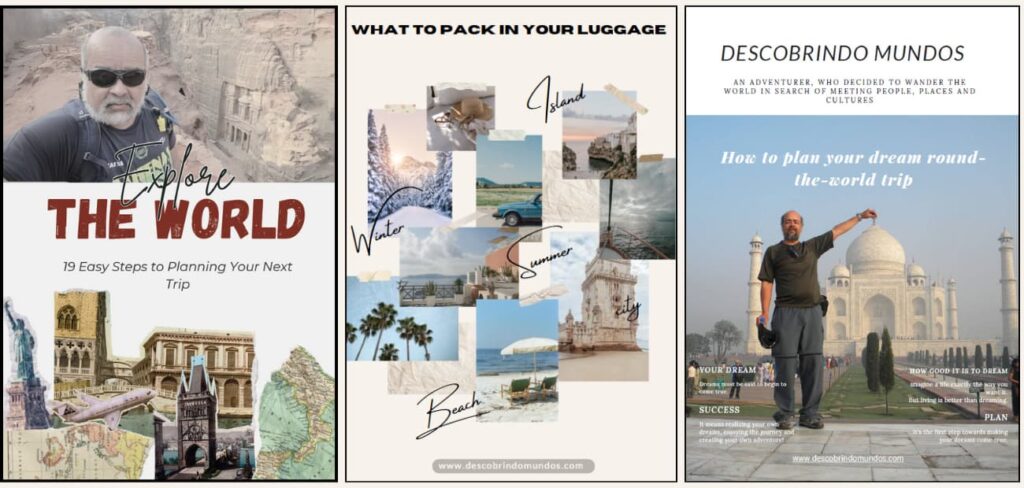
Luxembourgish cuisine: simple and tasty
The local cuisine is a delicious mix of Germanic and French influences. I tried the traditional Judd mat Gaardebounen (pork with broad beans). Accompanied by a glass of white wine from the Moselle region.
For dessert, I went to a bakery that has all the flavors of cinnamon roll.



